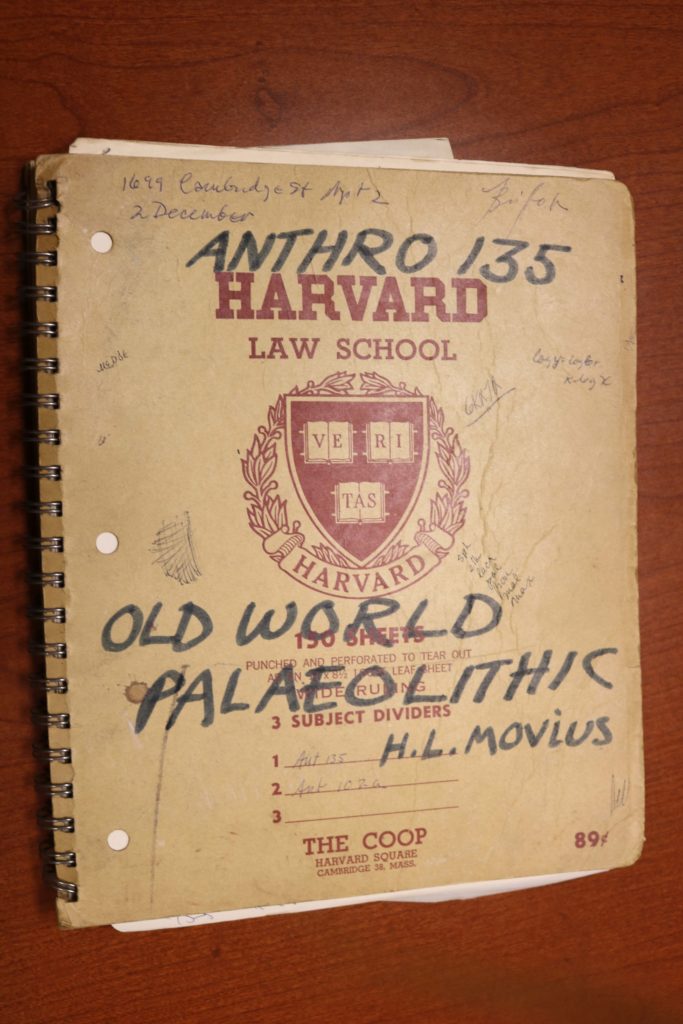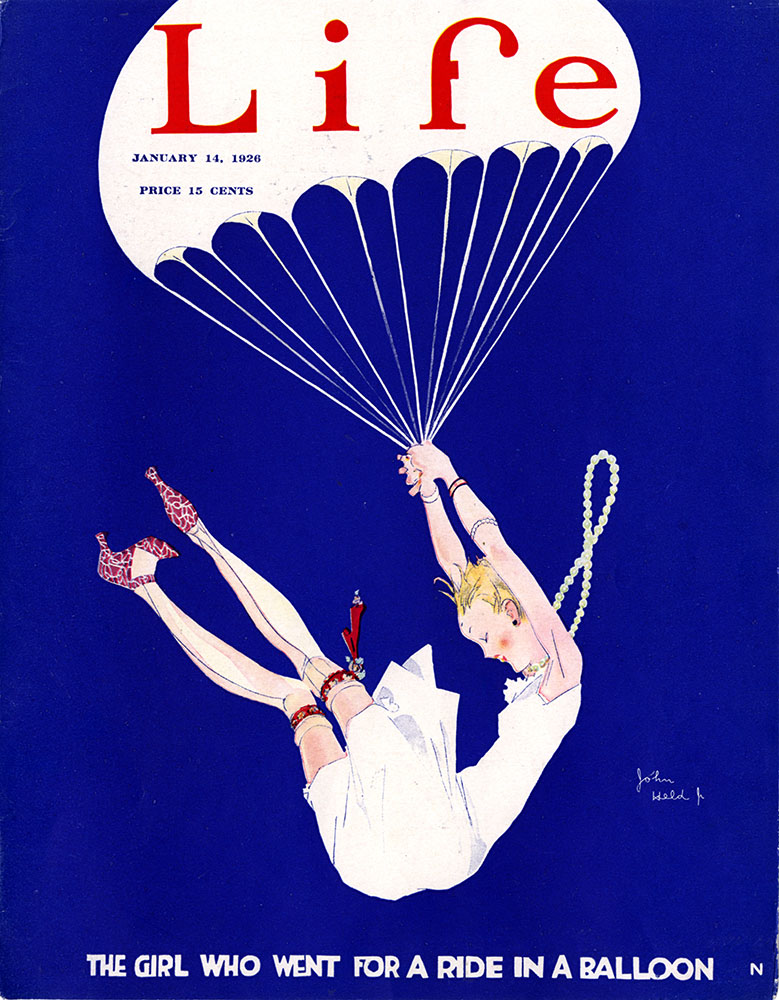Slate’s guide to the best board games for children and adults. There’s a lot of them! Plus, see their ranking of the ten worst games (yes, Monopoly is on that list).
You begin to interest me…vaguely
Slate’s guide to the best board games for children and adults. There’s a lot of them! Plus, see their ranking of the ten worst games (yes, Monopoly is on that list).

Forget about red Ferraris. This is the color scheme your next car needs to have. The Ferrari SP3JC is a one-off car designed for an unnamed collector, whose
passion for Pop Art is reflected in the strong graphics, and the unique combination of the Azzurro Met and Giallo Modena livery over the main Bianco Italia colour scheme underlines the car’s sensual volumes.
i.e., the blue, yellow, and white paint draws attention to its, umm, sensual volumes.

“Remember me any way you like, but remember me”
-Jane Sanders Britton

Almost 50 years after her murder, police in Massachusetts say they have solved the murder of Jane Britton, who was a graduate student in Harvard’s anthropology department. DNA evidence indicates that Britton was murdered in her apartment by Michael Sumpter, who died in 2001 while serving a sentence for the rape of another woman in 1975. He has since been linked to two other murder/rapes.
Britton’s death was sensationalized at the time, not only because she was a Harvard coed, but because newspapers, quoting a police detective, reported that her murder was part of a “primitive rite” involving red ochre found on her body and the walls of her apartment. Britton, as an archaeologist, had done fieldwork at Tepe Yahya in Iran and in France, and some people made a connection with the red ochre sometimes found in prehistoric burials. Furthermore, a sharp stone tool (possibly a prehistoric hand ax?) that an archaeologist friend had given to her was reported missing from her apartment. Her boyfriend, who found her body, was also an anthropology grad student, as were two of her neighbors, who had been with her before her death, and a “Peru hippie” she had previously dated. Rumors later tried to link her death with other Harvard anthropology students who had died or disappeared, and other women in the Cambridge area who were murdered before or after Britton.
Police and anthropologists at Harvard quickly denied the “primitive rites” story, and the chief instituted a news blackout because of “inaccuracies” in the reporting. No one was ever arrested for the crime. Anthropologist Don Mitchell, one of the last people to see her alive, said he
had long suspected the killer was someone Britton knew at Harvard. “I was surprised,” Mitchell said Tuesday. “Very few people at the time thought it was somebody random who came in and killed her. Everyone thought it was connected to the anthropology department.”
Yet the man now identified as responsible for her murder had no other connection to Britton. The missing stone tool was found soon after the first newspaper reports came out, and the “red ochre” was, according to the new report, from painting supplies that Britton had.
Details on the DNA investigation are at The Boston Globe. More details in a 2017 article, when amateur investigators and a reporter were trying to get the prosecutors to release records of the investigation. Official press release of the Middlesex County District Attorney
Around 1934, a New Jersey man bought a trolley car and turned it into a home. Over the years, the trolley was hidden as the owners expanded the house around it. Now, the newest owners are tearing down the house to preserve the trolley car. Mystery of trolley car unearthed from N.J home solved. Now it’s headed for restoration

In the 1920s, John Held, Jr., became famous for his drawings in Life, Vanity Fair, and other magazines that enshrined the iconic flapper image: lean and leggy, with beaded necklace swinging as she danced the Charleston with her companion, the round-headed, pencil-necked, Joe College.
The “tall, dark and tweedy” (Shuttleworth 1965) artist had come to New York City from Utah in 1912, where he found work as a commercial artist. As America entered World War I, John Held would take on another, clandestine, responsibility.